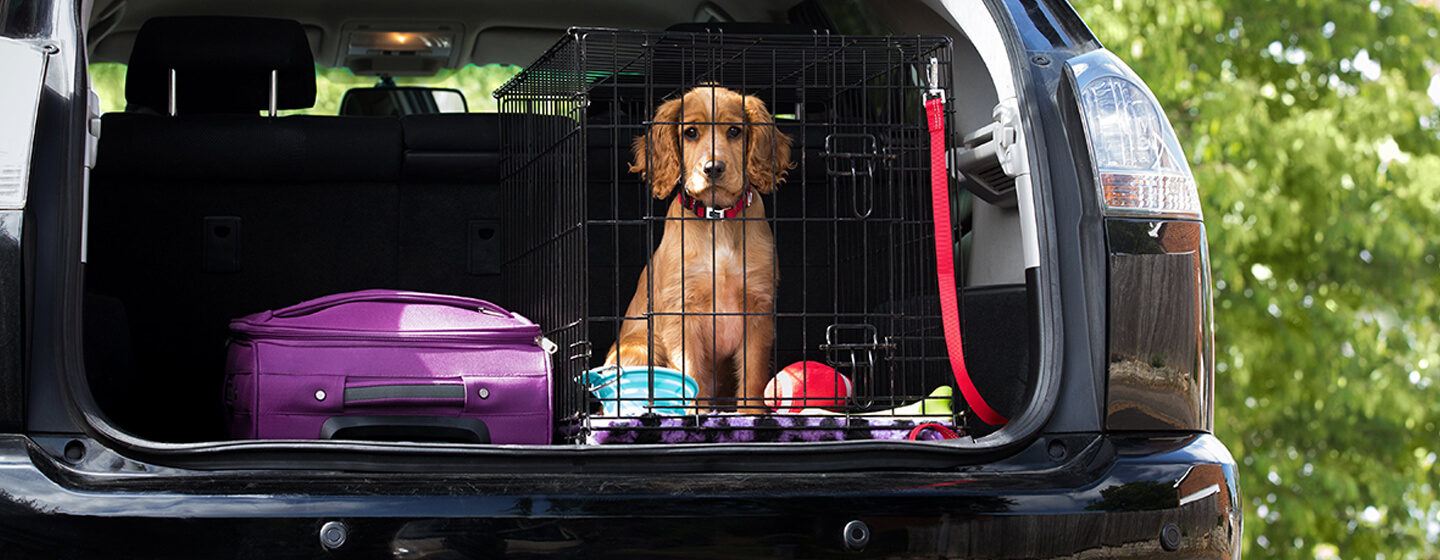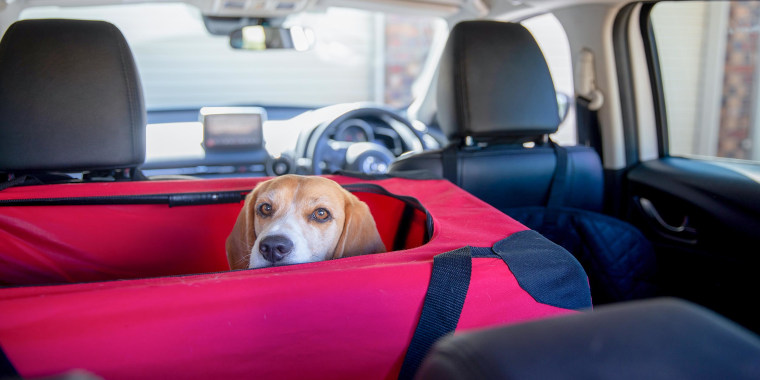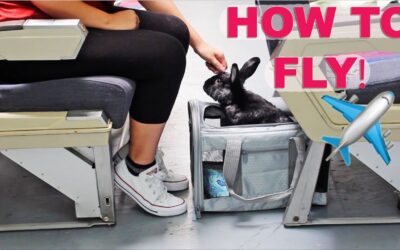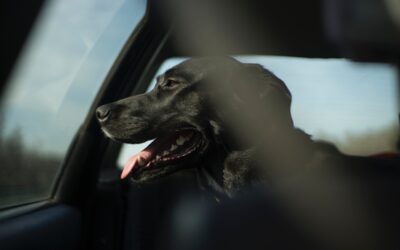Traveling with your furry friend can be a fun and rewarding experience, but it also requires careful planning and preparation, especially when it comes to traveling in a car. Whether you’re going on a road trip or just running errands around town, here are some essential tips for ensuring a safe and enjoyable car journey with your dog.
- 1. Safety First
- 2. Comfort is Key
- 3. Plan for Pit Stops
- 4. Keep the Windows Secure
- 5. Identification and Paperwork
- 6. Pre-trip Training
- 7. Pack Dog Essentials
- 8. Consider a Microchip
- 9. Acclimate Your Dog to the Car
- 10. Stay Attentive to Your Dog's Behavior
- Frequently Asked Questions On How To Travel With A Dog In Car
1. Safety First
Before hitting the road, it’s important to prioritize your dog’s safety. Just like you would use a seatbelt, your dog should also be secured during car travel. One option is to use a pet travel crate or a specially designed dog car seat that can be attached to a seatbelt. This will help prevent your dog from roaming around or getting injured in the event of sudden stops or accidents.

Credit: news.orvis.com

Credit: www.purina.co.nz
2. Comfort is Key
Make sure your dog is comfortable during the journey. Bring along your dog’s favorite blanket or bed to provide a familiar and cozy space for them in the car. It’s also advisable not to feed your dog a large meal before the trip to avoid any stomach discomfort. However, do ensure your dog stays hydrated by bringing along a supply of water and a portable bowl for easy drinking.
3. Plan for Pit Stops
Just like humans, dogs need regular breaks during long car journeys. Plan for frequent pit stops where your dog can stretch their legs, relieve themselves, and get some fresh air. Look for pet-friendly rest areas or parks along your route where your dog can safely explore and take a break from the confines of the car.
4. Keep the Windows Secure
While it may seem tempting to allow your dog to stick their head out of the window for some fresh air, it’s essential to keep the windows secure. Dogs should not be allowed to hang out of windows, as this can be dangerous and may lead to injuries caused by debris or other vehicles. Instead, consider cracking the window slightly to provide ventilation without compromising safety.
5. Identification and Paperwork
Before embarking on your journey, ensure your dog has proper identification, such as a collar with a tag containing your contact information. Moreover, it’s advisable to carry your dog’s vaccination records and any necessary travel documents, especially if you’re crossing state lines or traveling internationally. This will come in handy in case of emergencies or if you need to visit a vet during your trip.
6. Pre-trip Training
If your dog is not accustomed to car travel, it’s a good idea to gradually introduce them to the experience before embarking on a long journey. Start with short drives around the neighborhood and gradually increase the duration to help your dog become more comfortable with car travel. Reward them with treats and praise to create positive associations with being in the car.
7. Pack Dog Essentials
Just like you pack your own essentials for a trip, it’s crucial to prepare a travel kit for your dog. This should include items such as food, water, bowls, leash, waste bags for cleanup, any necessary medications, a first-aid kit, and your dog’s favorite toys to keep them entertained during the journey. Having these essentials on hand will ensure your dog’s comfort and well-being throughout the trip.
8. Consider a Microchip
To provide an extra layer of security, consider having your dog microchipped before traveling. A microchip is a tiny device implanted under your dog’s skin, containing a unique identification number that can be scanned by vets or animal shelters if your dog ever gets lost. This can significantly increase the chances of a safe reunion with your dog in case they wander off during the trip.
9. Acclimate Your Dog to the Car
For some dogs, the car can be an unfamiliar and intimidating environment. To help them acclimate, allow your dog to explore the car while it’s parked and turned off. Gradually introduce them to short drives, ensuring the experience is associated with positive outcomes such as fun outings or visits to exciting destinations. Over time, your dog will become more comfortable and relaxed during car travel.
10. Stay Attentive to Your Dog’s Behavior
During the journey, pay close attention to your dog’s behavior. Signs of distress, anxiety, or discomfort such as excessive panting, drooling, whining, pacing, or restlessness should not be overlooked. If you notice any concerning behavior, find a safe place to pull over and attend to your dog’s needs. It’s essential to ensure their well-being and address any issues promptly.
By following these tips, you can ensure a safe and pleasant car journey for both you and your canine companion. Remember that preparation and careful consideration of your dog’s comfort and safety are key to a successful and enjoyable travel experience.
Have you traveled with your dog in a car? Share your experiences and any additional tips you have for fellow pet parents in the comments below!
Frequently Asked Questions On How To Travel With A Dog In Car
How To Secure Your Dog In The Car?
To secure your dog in the car, use a seat belt harness, a crate, or a dog car seat to provide safety.
What Should I Pack When Traveling With A Dog?
When traveling with a dog, pack essentials like food, water, a leash, poop bags, toys, and a blanket for comfort.
Can I Leave My Dog Alone In The Car?
It is not advisable to leave your dog alone in the car, as it can be dangerous and lead to overheating or theft.
How Often Should I Stop For Bathroom Breaks?
Stop for bathroom breaks every 2-3 hours to allow your dog to stretch its legs, relieve itself, and stay comfortable during the trip.



